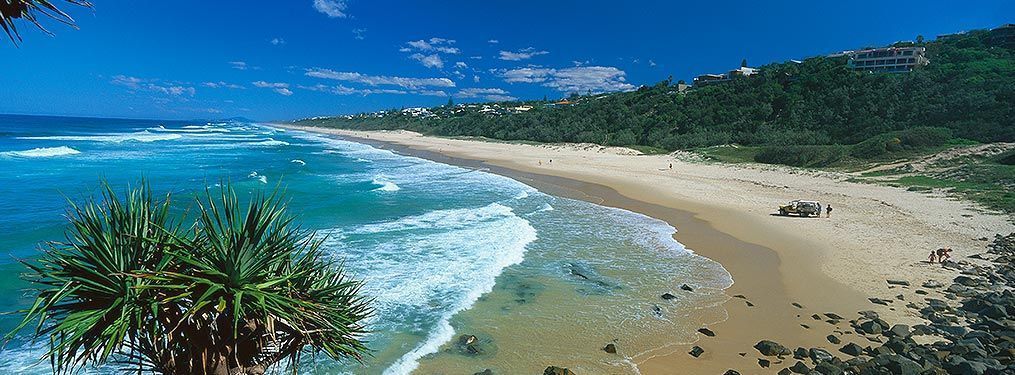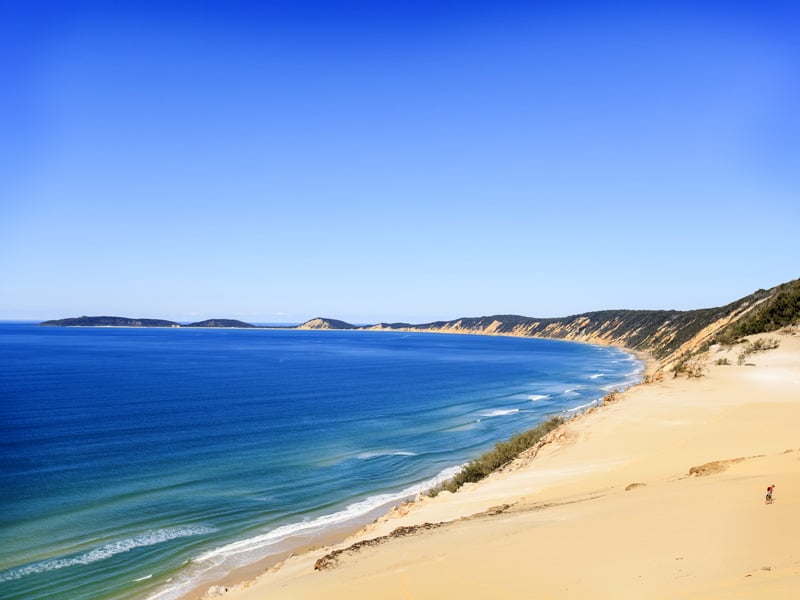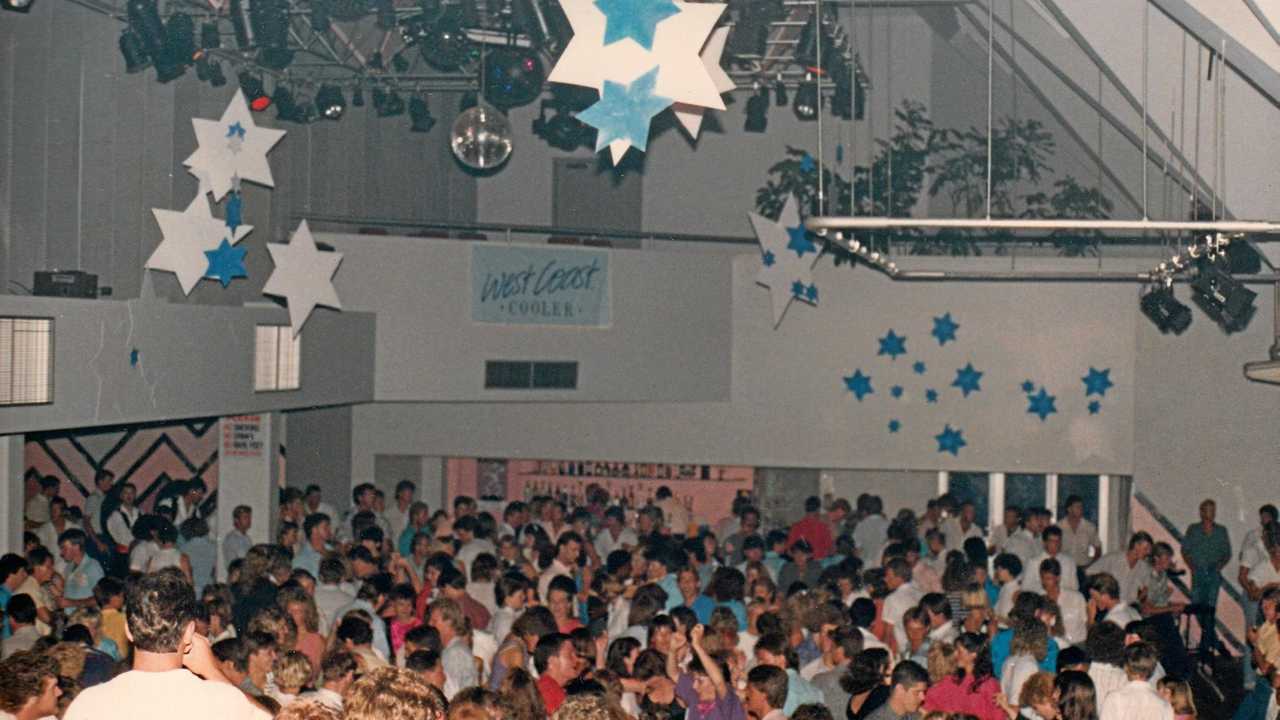Sunday Drivers Rejoice!
The details are on the link attached to the photos, but this is the most wonderful way to feel alive and a great reminder of what we have at our fingertips!
 | |
| Image Courtesy of the Australian (This would have been gone if the Traveston Dam had not been stopped) |
My recipe for happiness on this adventure is:
1. Duck out and fill up the car using one of the petrol finder apps (otherwise there will be less serenity ha) - then "let it go"......
2. Pack up a picnic - folding chairs or a blanket are fine, but a marquis is handy depending on what you find. For the budget-minded make sure you pack a thermos or cold drinks, too. Towels and togs maybe? There are lots of creeks on this drive if you are fearless.
3. Put the starting point in your Bluetooth, or just wing it (more fun)
 |
| Image Courtesy Of Stayz |
4. Pack puppy too, if you have one, along with the lead and a water bowl, and treats for being good.
5. Commence drive at the top point (or bottom point if coming from the North), and then work your way back to home, ensuring you stop at every gorgeous spot until one just sucks you in for your picnic.
6. Remember to check out the produce stands when you come across them. Often organic and usually inexpensive - you may even encounter one of the old "honesty" boxes....
7. Wind the windows down and inhale the bush smell!
Sleep like a baby tonight - why? Because these sort of activities always get you thinking about what matters in life and what changes you need to make to become much happier - take the time on this trip to either chat with your other half about what matters, or give yourself the time to really focus.

















